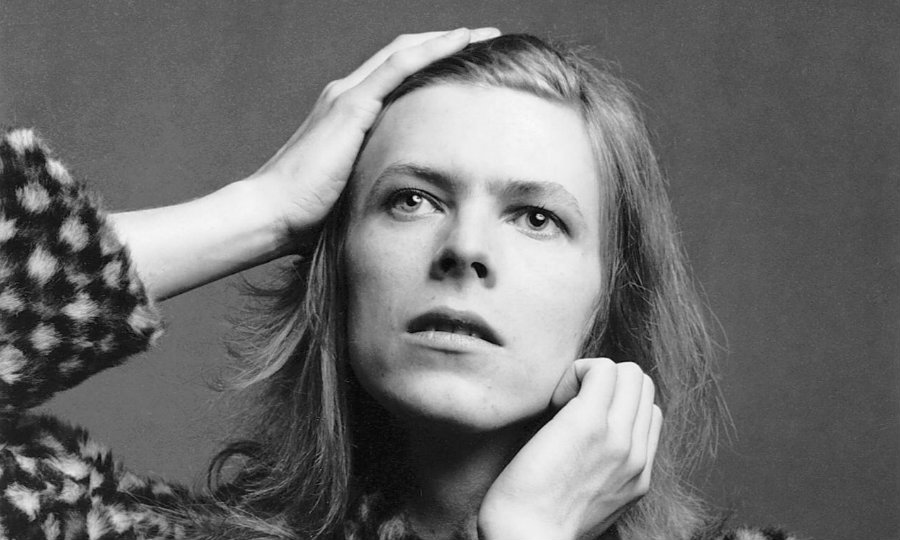David Bowie’s fourth album secured his fate as a legendary songwriter. 50 years on we reflect on the making of a classic, Hunky Dory.
In 1970, David Bowie was edging closer to his impending take-off from which he would never touch down.
With three previous flops and no record deal, Bowie was approaching the album that would fulfil his artistic vision. Released 17 December, 1971, Hunky Dory was the album that secured his legend.
The previous record – The Man Who Sold The World – had already begun spinning the webs of myth. Despite this, David Bowie had been in the business seven years already and was somewhat disillusioned. Bowie had recently fired his manager of five years, Ken Pitt. His replacement, the cigar-chomping Tony Defries, had made some big claims, however, nothing of interstellar importance had yet materialised.
In fact, his biggest move thus far was to squeeze out Tony Visconti. Thus Bowie was left without a producer, a friend. Floating through limbo he resorted to playing small pubs around South London for a few pounds a night.
In a particularly blue moment, Bowie admitted to journalist Steve Peacock that he felt, “washed-up – a disillusioned old rocker”.
The magic ingredient that changed it all? America.

Inspirational Shifts
Travelling by bus from Washington, D.C, to California, David Bowie fell in love with America. On his own Kerouac quest, Bowie penned tributes to some of the country’s most iconic innovators: Andy Warhol, Song for Bob Dylan, and the Lou Reed-inspired Queen Bitch.
Also in a similar vein to folkies like Simon & Garfunkel, James Taylor, and Cat Stevens and who were dominating the US charts at the time, Bowie began composing gorgeous acoustic tunes with surrealist lyrics like ‘It’s on America’s tortured brow/That Mickey Mouse has grown up a cow’.
The Stardust Band
In the summer of 1971, Bowie hit London’s Trident Studios with 10 demos ready to go. Bowie also brought guitarist Mick Ronson and future Yes keyboardist, Rick Wakeman, onboard, thus forming the band that would record Ziggy Stardust; masterfully developing Bowie’s folksy ballads into elegant, grandiose rockers.
Almost as special as Wakeman’s input was the iconic 100-year old Bechstein piano he played. It was the same piano used on The Beatles’ anthem Hey Jude, the early Elton John albums, the early Queen albums, and so much more.
The secret weapon of Hunky Dory, however, was the guitarist and creative foil Mick Ronson. On it, you can hear Ronson deploy the beautiful and inventive composition tricks that made the album a classic. Ronson’s lush piano and string arrangements propel many of the songs, like the immortal Changes, Oh! You Pretty Things and — of course — Life on Mars? — with glissandos, careful accenting and masterful use of the piano’s whole range. His power blasts on Queen Bitch, searing, yet spare licks on Eight Line Poem, and driving acoustic gallop on Andy Warhol are all electrifying moments on the album.
Hunky Dory was cut in just two weeks. The group was averaging one song per day, crashing in Bowie’s London apartment by curling up in sleeping bags on the balcony.
While Hunky Dory didn’t immediately propel Bowie to stardom, it formed the foundation of his golden run in the 70s. It was the record when Bowie became Bowie, leading to Ziggy Stardust (1972), to Aladdin Sane (1973), to Diamond Dogs (1974), and Heroes (1977).



